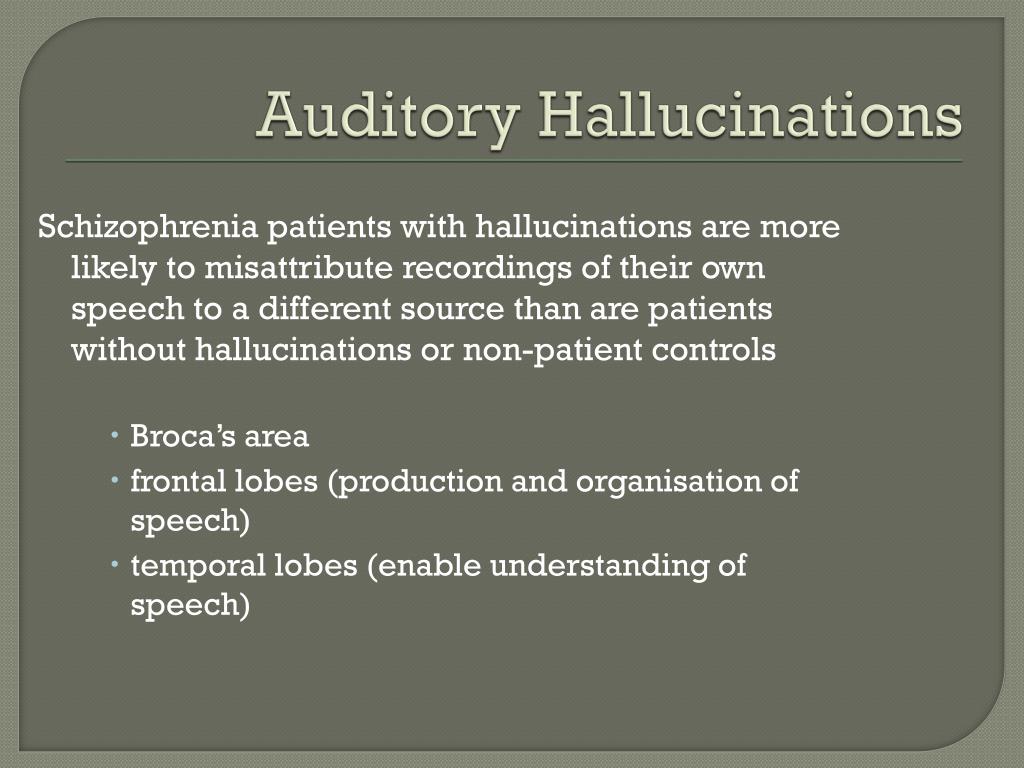
Observe the apparent emotion reflected by the patient’s affect. To assess affect, observe the patient’s facial expressions and overall demeanour.

Tremulous speech: associated with anxiety.Monotonous speech: associated with conditions such as depression, psychosis and autism.Excessive speech: associated with mania.Poverty of speech: associated with depression.Note the quantity of the patient’s speech: Slow speech: may occur due to psychomotor retardation, typically associated with depression.Pressure of speech: a tendency to speak rapidly, motivated by an urgency that may not be apparent to the listener (often a manifestation of thought abnormalities such as flight of ideas, described later in the article).Pay attention to the patient’s rate of speech: Restlessness: the patient may continuously fidget, pace and refuse to sit still.Īssess the patient’s speech to identify abnormalities which may indicate underlying mental health issues.Psychomotor retardation: associated with a paucity of movement and delayed responses to questions.Observe for any evidence of psychomotor abnormalities: Does the patient appear on edge, fearful or glancing around the room? Psychomotor activity Note any evidence of exaggerated gesticulation or unusual mannerisms. standing up close to you) or withdrawn (e.g. Observe the patient’s body language, which may appear threatening (e.g. becoming tearful when discussing difficult topics vs laughing incongruously). Observe the patient’s facial expression (e.g. Observe the patient’s level of eye contact and note if this appears reduced or intense and staring. replying to auditory hallucinations in schizophrenia).

Note if they appear distracted or appear to be responding to hallucinations (e.g. Note if the patient appears engaged in the consultation and if you can develop a rapport with them.


Weight: note if they appear significantly underweight or overweight.Stigmata of disease: note any stigmata of disease (e.g.Physical signs of underlying difficulties: any self-harm scars or signs of intravenous drug use?.Clothing: are they dressed appropriately for the weather/circumstances? Are clothes put on correctly?.Personal hygiene: are there any signs of self-neglect?.Observe the patient’s general appearance: Observing a patient’s appearance and behaviour can provide information about their current mental state and risk. You might also be interested in our OSCE Flashcard Collection which contains over 2000 flashcards that cover clinical examination, procedures, communication skills and data interpretation.


 0 kommentar(er)
0 kommentar(er)
